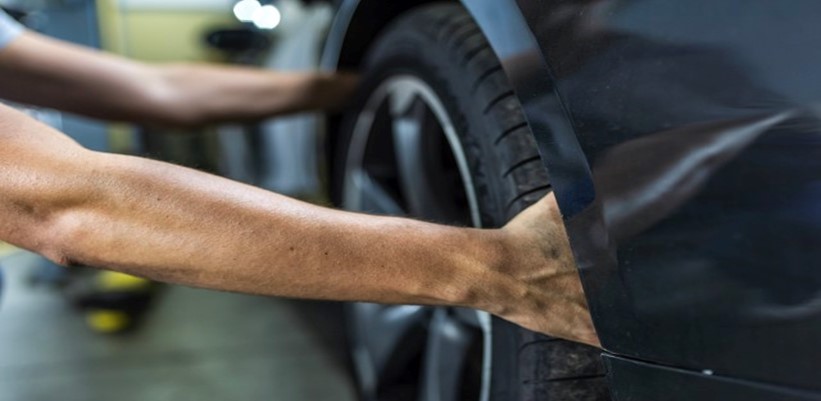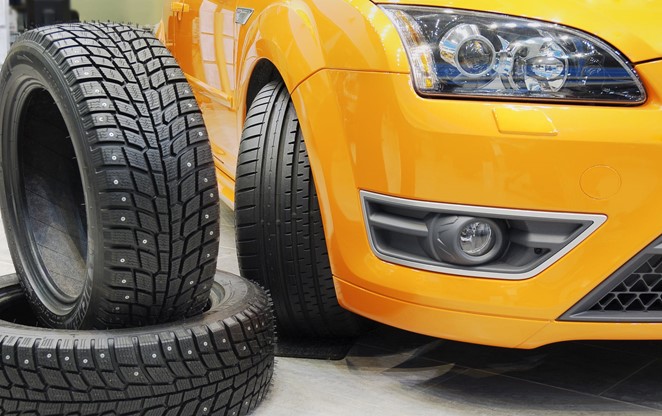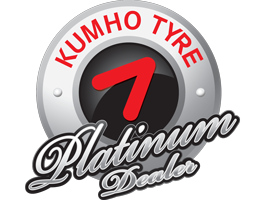When Should You Change Your Car’s Tyres?
A person's dream is to have a prestige car, but when it comes to performance they need to take high responsibility. In this case, the safety and functioning features of the vehicle is very important. A car's tyres are the most channelling feature to maintain where it is the essential element to the security and performance of the vehicle. A good start is to get a good set for the road where a tyre may gradually wear off which affects the performance and safety of the car. So it must be overlooked, you must be aware of the tyres when they need to get replaced.

Why Should You Need To Change Your Car’s Tyres Regularly?
Tyres are one of the important parts which make contact between the rider and machine on the road. The tyres have tread where its ability to stop, accelerate and turn easily on a road. It is responsible for the braking and acceleration forces as well as providing grip over cornering. The tyres begin to wear out at a certain condition, so when servicing your car ask your mechanic when it is required to replace your car tyres. Due to constant wear and tear, your tyres may wear out while driving or even if your vehicle gets into an accident. There are many factors you need to consider to replace your tyres.
- Driving style
- Bad roads
- Alignment
- Speed
- Position
- Load
- Pressure
Here, let us look at some point that helps you to identify a worn tyre:
How to maximize the lifetime and performance of your tyres?
1. Check your tread depth:
Tread depth is one of the factors that you need to consider when replacing tyres. Nowadays, modern tyres are coming with a tread wear indicator that is moulded into tread grooves at regular intervals. Due to the rapid driving, the tyres may get worn where these indicators get closer and flush with the surface of the tread. In Australia, the tyre tread depth legal limit is minimum 1.5 mm across the width of the tread. If you are not sure, then look out Car Tyre Near Me to ascertain the tread depth by using the tread depth indicator.
2. Check for uneven wear:
Uneven wear indicates that your tyres are facing more than normal stress. This is due to either wearing suspension, wrong wheel alignment or you may drive your tyres under or over-inflated pressure. Inspect the whole contact surface including the outer edges of the tyre, to check for uneven wear. Change the tyre as per the recommendation of the experts in Tyres Dapto.
3. Check the tyre age:
It is advisable you replace the tyres older than five years because rubber loses its suppleness through the drying out of moisture and oils. Check the manufacture date stamped on the sidewall to identify the tyres age where it is usually in the form of the four-digit number, first two-digit represent the week of manufacture and the last two digits refers to the year of manufacture.
A good set of tyres ensures you have a stable connection on the road and sure proper handling improves performance and fuel economy. It means you can assure confident braking and can drive safely on the road. Periodically check your tyres, if you identify any wears and tears then it's time to replace them.
4. Check your air pressure:
If you are driving regularly, then it is necessary for you to check your air pressure periodically where it helps to extend your tyres' lifespan. Make sure to check air pressure where having over or under-inflated tyres lead to uneven pressure on your treads and which will start to show as an uneven wear pattern. If you drive with overinflated tyres, it may wear down on the centre of the tread where driving with under-inflated tyres cause wear near the shoulders of the tread.
If you drive with under-inflated tyres, it may cause excessive uneven wear and also decreases fuel economy. It is estimated that if it is under-inflated for each 3 psi, you lose 1% fuel economy and add 10% more tyre wear. So it is recommended you check tyres air pressure at least once a month. Also, it is important you know that changes in temperature may affect your air pressure wherein colder temperatures air pressure may drop while in hot temperatures it may increase.
5. Checking your tyre alignment:
Ideally, it is important for you to check the tyre alignment after every 5000 km. thereby, when going a long way you can maximize your performance. There are three components of wheel alignment.
- Camber
- Toe
- Caster
While you servicing your car make sure to ask your mechanic if it is necessary to do wheel alignment. If you identify that car pulling to one side or wheels not correcting after straightening out of a turn then inform them to align your wheel. If you drive with unaligned wheels it may result in uneven wear patterns like cupping, feathering, one-sided wear and others. This uneven wear decreases your car's performance, so make sure to align your vehicle. Wheel alignment can be quite expensive, but it is well worth the cost.
6. Rotating your tyres regularly:
Depending on the placement, your tyre wears differ so it is best to rotate them occasionally to even outwear. The more often you rotate; you will get better performance out of your tyres.
Main causes of tyre damage:
The cause of your tyre damage is under two conditions: one is those you control and other those you don’t. The cause of your tyre damage under your control is.
- Driving at high speed
- Over or under inflation
- Overloading

Final thoughts:
This guide helps you to know when you need to replace your tyres. Getting a new set of tyres improves the performance, mileage and feel of your car. To increase the lifespan of your tyre drive properly, regularly check your alignment, air pressure and rotate your tyres.
Disclaimer: This is a generic Information & post; content about the services can be changed from time to time as per your requirements and contract. To get the latest and updated information, contact us today or visit our website.


